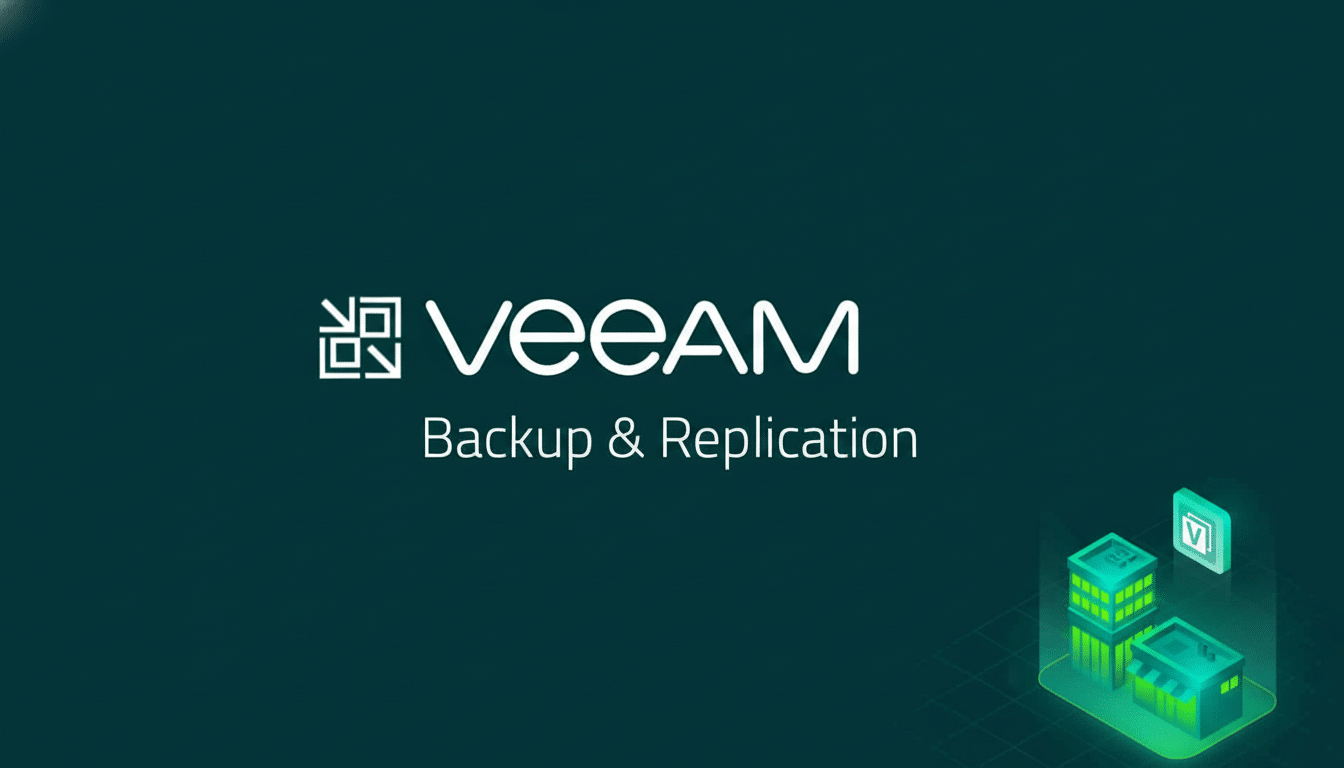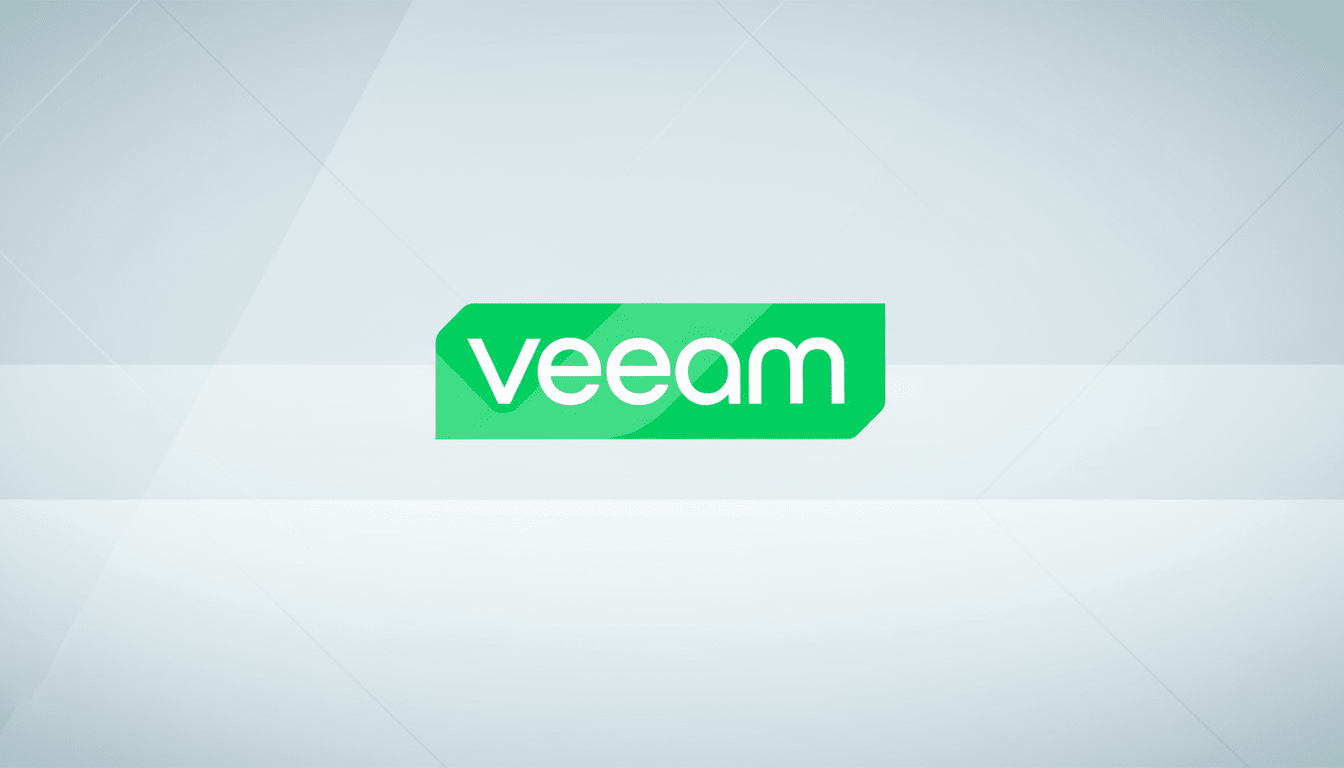Veeam, in turn, is acquiring Securiti AI for about $1.7 billion in cash and stock in order to unite backup resilience with data security, as well as AI governance.
The deal, which was first reported by Bloomberg and is now confirmed by the companies, folds Securiti’s Data Command Center into Veeam’s portfolio to provide enterprise customers with a single pane of glass across protection, privacy, compliance and artificial intelligence readiness.

Post-close, Securiti founder Rehan Jalil will head up security and AI at Veeam, an indication of the strategic heft of the acquisition. The combined offering is marketed toward organizations that are interested in knowing what data they possess, where it resides, who can access it, and if it’s secure and governed for modern AI workloads — before and after an incident.
Why Veeam wants Securiti for unified data security and AI
Backup and recovery was the claim to fame for Veeam, especially around ransomware resiliency, instant restore and immutable storage. But today’s customers are looking for more than just recovery — they are seeking continuous visibility and control over sprawling data estate across clouds, SaaS, and on‑prem systems. By combining Securiti’s discovery and governance capabilities with the protection layer from Veeam, it moves the company beyond being a recovery tool into being a data control plane.
Veeam is big enough to make that transition. Market research groups like IDC have had it at the top of or very close to this market by revenue for data replication and protection. Following a multibillion-dollar secondary sale that valued Veeam at around $15 billion, the company has been forthright about how it will use M&A to fill out its platform as opposed to integrating point solutions.
Securiti’s value propositions for data security and AI governance
Securiti is most known for its Data Command Center, which allows you to find and classify sensitive data across structured and unstructured stores, map flows, enforce policies and monitor risk. It crosses public clouds, data warehouses, data lakes, SaaS apps, and on‑prem environments to deliver security posture management, privacy compliance and access intelligence in one console.
That’s important because most enterprises are still unable to answer the most fundamental questions, like “Where is our regulated data located?” and “Who touched it?” Securiti’s ML‑powered classification and lineage mapping cut through the manual hunts that typically can span weeks. IBM’s Cost of a Data Breach report has it at just under $5 million currently, and a big aspect of that is the time spent identifying there’s been an incident, bringing in people to investigate and ultimately solve it — exactly what this deal hopes to speed up.
The integration potential is compelling. Veeam is able to enhance backup catalogs with Securiti’s asset graph so that sensitive data can be instantly surfaced, even within backups. Scenarios like data retention, legal hold, and right‑to‑be‑forgotten can be followed uniformly from primary to protected copies. Recovery during an attack may not follow just RTO or RPO, but can also be orchestrated by data sensitivity; return the critical/compliant dataset first.

There is also an obvious AI angle. Organizations developing or tuning models must demonstrate that the training data is sanctioned, properly consented to and free of toxic or restricted content. Securiti’s controls can identify shadow datasets, and apply least‑privilege access, while Veeam’s immutability attributes deliver clean, known‑good baselines. They can do so together in order to help customers evidence governance for audits and nascent AI regulations while not stifling development teams.
Consolidation trends combining data security, backup, and AI
The deal fits into a broader consolidation trend as buyers push to reduce vendor sprawl and align data, security, and AI workflows. Recent acquisitions have seen analytics and cloud players acquiring database and governance assets – the Databricks’ deal for Neon, Salesforce’s swoop for Informatica covering that pressure to build end‑to‑end stacks. In the world of cyberspace, backup and security are colliding as vendors push for a single policy engine to offer both protection and access.
Competition is intensifying. Commvault, Cohesity and Rubrik are all moving into data security posture and threat analytics beyond backup. And on the governance side, BigID, OneTrust, Immuta and others are fighting to become the system of record for sensitive data. Veeam’s response is to weave together protection, discovery and compliance as opposed to forcing customers to stitch together a half dozen tools.
What the Veeam–Securiti acquisition means for customers
For its vast install base at Veeam, the near‑term promise looks to be less blind spots and faster answers. Security teams receive continuous data maps across production and backups; compliance teams get consistent controls for GDPR, CCPA, HIPAA and industry mandates; and data leaders can certify that AI pipelines are using governed, trustworthy inputs.
Practically speaking, that could mean compressing the time it takes to find exposed personal data from weeks down to minutes, eliminating redundant tooling and connectors, and reducing breach exposure by tightening up access governance. When it comes to incident response, incorporating data sensitivity into restore workflows can minimize downtime and regulatory exposure — not just bytes restored.
The deal is a reminder of how essential data security and governance have become to the contemporary resilience stack. If Veeam can deliver on the integration, buying backup goes from being a last‑line defense to a living control layer across where your data lives, how we’re going to protect it and if it’s fit for responsible AI.

